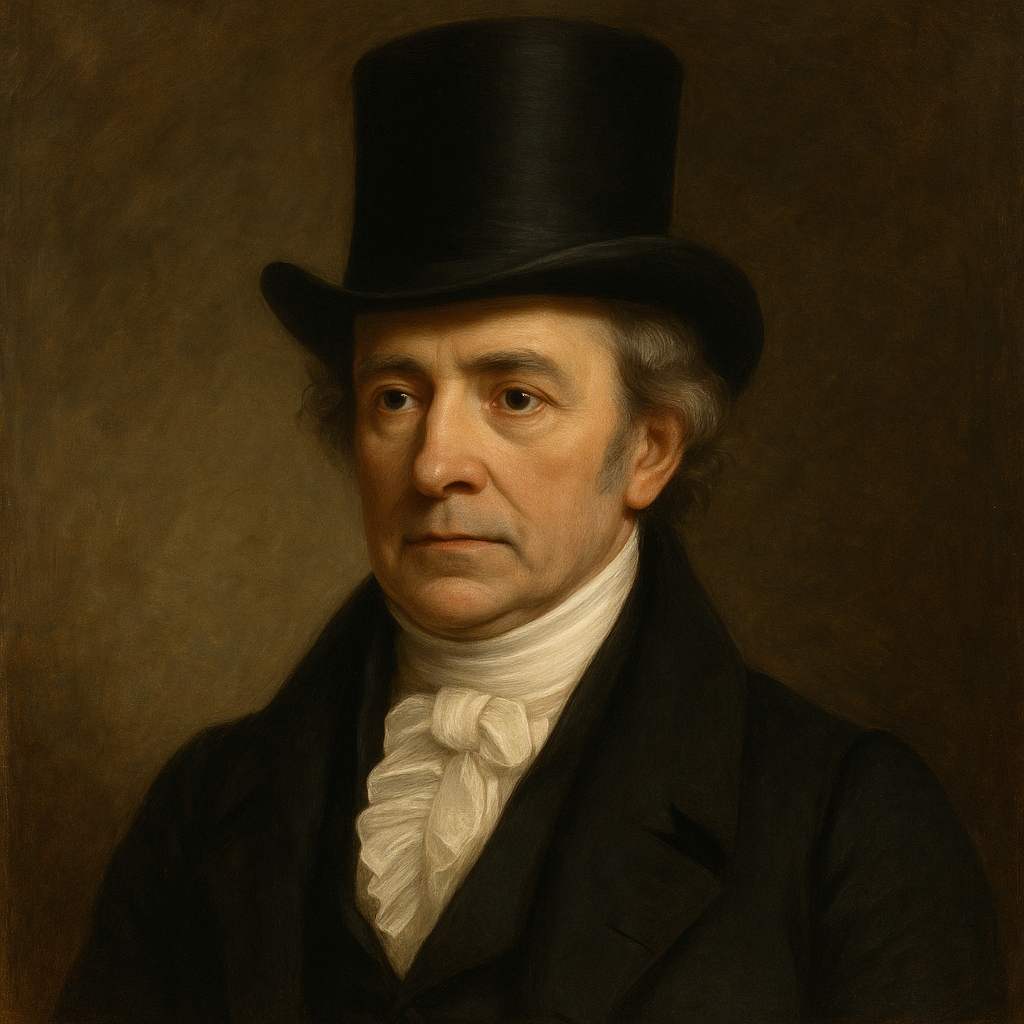1 Poems by Clement Clarke Moore
1779 - 1863
Clement Clarke Moore Biography
Clement Clarke Moore, a man whose legacy is most intimately tied to the spirit of Christmas, occupies a fascinating niche in American literary history. Born on July 15, 1779, in New York City, Moore was a product of privilege and intellectual rigor. His father, Benjamin Moore, was an Episcopal bishop and the president of Columbia College (now Columbia University), and his mother, Charity Clarke Moore, descended from a prominent family. This confluence of religious devotion and academic excellence profoundly influenced Moore's upbringing, shaping his outlook and future endeavors.
Moore graduated from Columbia College in 1798 and pursued further studies in theology and classical literature, fields that would dominate his intellectual life. Although he achieved some distinction as a scholar and theologian, Moore’s enduring fame rests on a single poem, “A Visit from St. Nicholas,” more commonly known today by its opening line, “’Twas the Night Before Christmas.” This work, first published anonymously in 1823, transformed the cultural celebration of Christmas in America, embedding itself into the national consciousness with remarkable tenacity.
The roots of Moore’s creative sensibility lie in the literary and social currents of his time. The early 19th century witnessed an evolution in American literature, as writers sought to cultivate a distinct cultural identity separate from European traditions. The burgeoning Romantic movement emphasized imagination, emotion, and individualism, yet Moore’s own sensibilities were shaped more directly by neoclassical ideals and the religious conservatism of his upbringing. His scholarly works, which include a Hebrew lexicon and theological essays, reflect this intellectual conservatism. However, the playful and imaginative tone of “A Visit from St. Nicholas” suggests a more multifaceted personality, capable of embracing whimsy even within his staid, scholarly life.
The composition of “A Visit from St. Nicholas” was, according to family tradition, inspired by Moore’s experiences as a father. Written in 1822 for the amusement of his children, the poem captured the warmth and wonder of the holiday season. The imagery Moore employed—Santa Claus arriving in a sleigh pulled by eight reindeer, the twinkling eyes and jolly laugh of the "right jolly old elf," and the detailed description of his nocturnal visit—was a synthesis of various folk traditions and Moore’s own imaginative embellishments. Santa Claus, derived from the Dutch figure Sinterklaas, was already a familiar presence in New York, a city heavily influenced by its Dutch colonial roots. Moore’s innovation lay in his reimagining of the character as a benevolent, magical figure who brought gifts to children, thus amplifying the role of joy and generosity in the celebration of Christmas.
The poem’s initial publication in the Troy Sentinel on December 23, 1823, was unaccompanied by Moore’s name. For years, Moore remained anonymous as the poem gained popularity, its lines memorized and recited by countless readers. It was not until 1844, when Moore included it in a collection of his poems, that he publicly claimed authorship. By then, the work had already taken on a life of its own, firmly entrenching Santa Claus within the American holiday tradition and influencing the commercialization of Christmas, which would intensify in subsequent decades.
Despite the joyful tone of “A Visit from St. Nicholas,” Moore himself was not a man inclined to frivolity. A deeply religious and private individual, he was dedicated to his academic career and family life. Moore married Catharine Elizabeth Taylor in 1813, and the couple had nine children. Their home in Manhattan, Chelsea, was part of a large estate inherited from Moore’s maternal family. Moore’s connection to this neighborhood would leave a lasting legacy; he played a pivotal role in developing the area, which remains one of New York City’s most iconic districts.
As a scholar, Moore’s contributions were significant if less widely celebrated than his Christmas poem. His magnum opus, A Compendious Lexicon of the Hebrew Language (1809), was a pioneering effort in American Hebrew scholarship. Although not groundbreaking by European standards, the lexicon was a substantial achievement in the nascent intellectual landscape of the United States. Moore’s work as a professor at the General Theological Seminary in New York further cemented his reputation as a serious academic. There, he taught Oriental and Greek literature, infusing his lectures with the depth of his classical education and theological insight.
Moore’s dual identity as a scholar and poet highlights the complexities of his character. While he was devoted to preserving traditional values and the rigor of classical studies, his single foray into imaginative literature demonstrated an ability to connect with the universal themes of joy, wonder, and familial love. The simplicity of “A Visit from St. Nicholas” belies its cultural significance; it represents a bridge between the sacred and the secular, capturing the essence of a holiday that celebrates both spiritual reflection and earthly delights.
Moore’s later years were marked by a retreat from public life. His wife’s death in 1830 profoundly affected him, and he withdrew to focus on his family and scholarly pursuits. The enduring popularity of his poem, however, ensured that he would not fade into obscurity. By the time of his death on July 10, 1863, Moore had witnessed the transformation of Christmas into a major cultural event, driven in part by the enduring appeal of his work.
The legacy of Clement Clarke Moore is a study in contrasts. He was a man of letters whose scholarly achievements are largely forgotten, yet his light-hearted poem has achieved immortality. “A Visit from St. Nicholas” continues to resonate, not only as a cherished holiday tradition but also as a foundational text in the modern conception of Christmas. Its influence extends beyond literature, shaping the iconography and rituals associated with the holiday in ways that Moore himself could hardly have anticipated.
In the end, Moore’s life reminds us of the unpredictability of literary fame. A devout scholar and theologian, he might have aspired to a legacy built on his academic work, but it was his playful celebration of a magical Christmas Eve that secured his place in history. Through his words, the jingle of sleigh bells and the laughter of Santa Claus continue to echo, enchanting generations and reaffirming the power of poetry to transform the ordinary into the extraordinary.
This text was generated by AI and is for reference only. Learn more
Username Information
No username is open
Unique usernames are free to use, but donations are always appreciated.
Quick Links
© 2024-2025 R.I.Chalmers (V2Melody).

All music on this site by R.I.Chalmers (V2Melody) is licensed under a Creative Commons Attribution-NonCommercial 4.0 International License.
Attribution Requirement:
When using this music, you must give appropriate credit by including the following statement (or equivalent) wherever the music is used or credited:
"Music by R.I.Chalmers (V2Melody) – https://v2melody.com"
Support My Work:
If you enjoy this music and would like to support future creations, donations are always welcome but never required.
Donate


